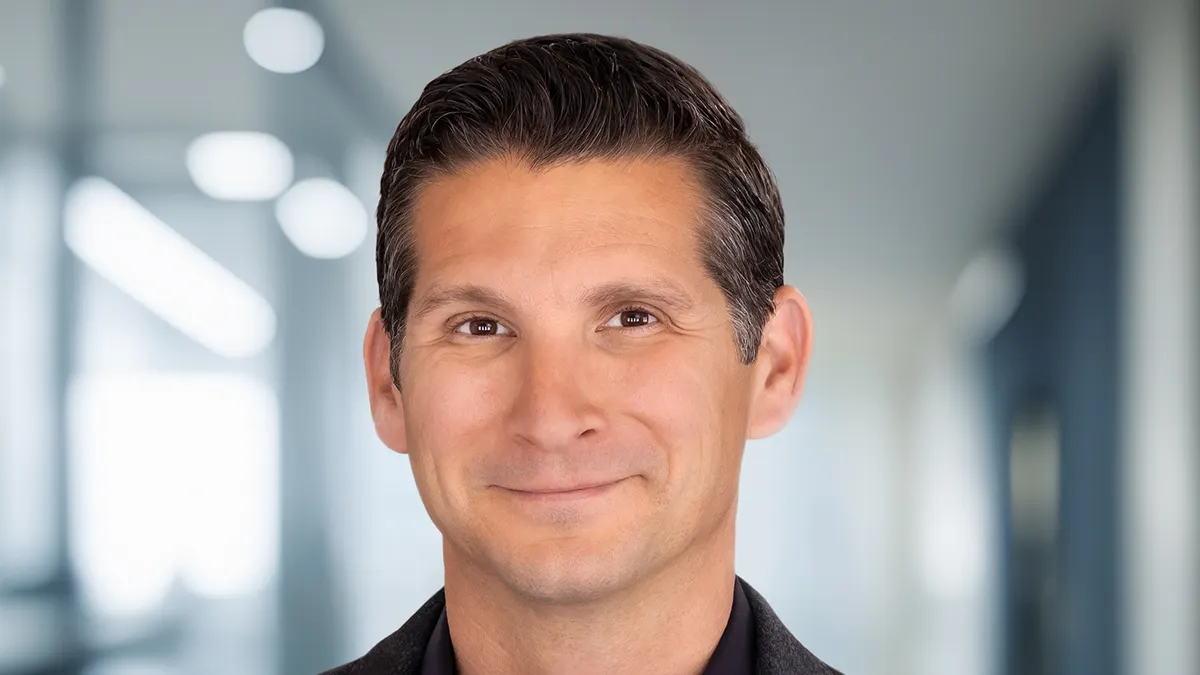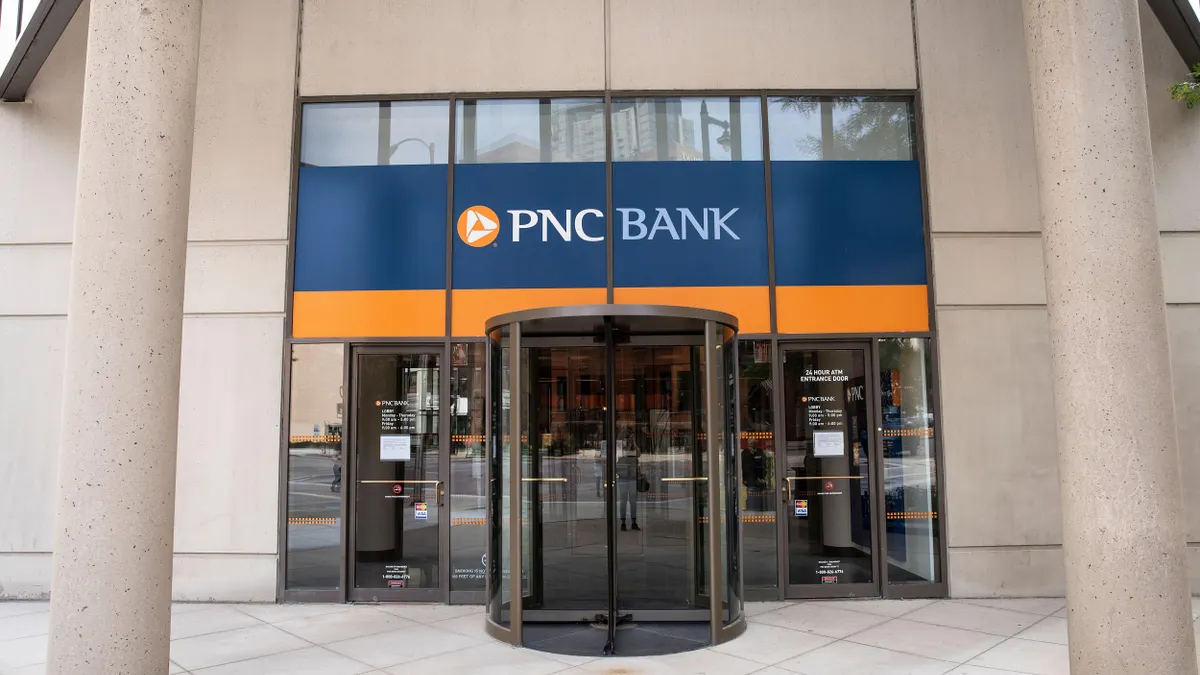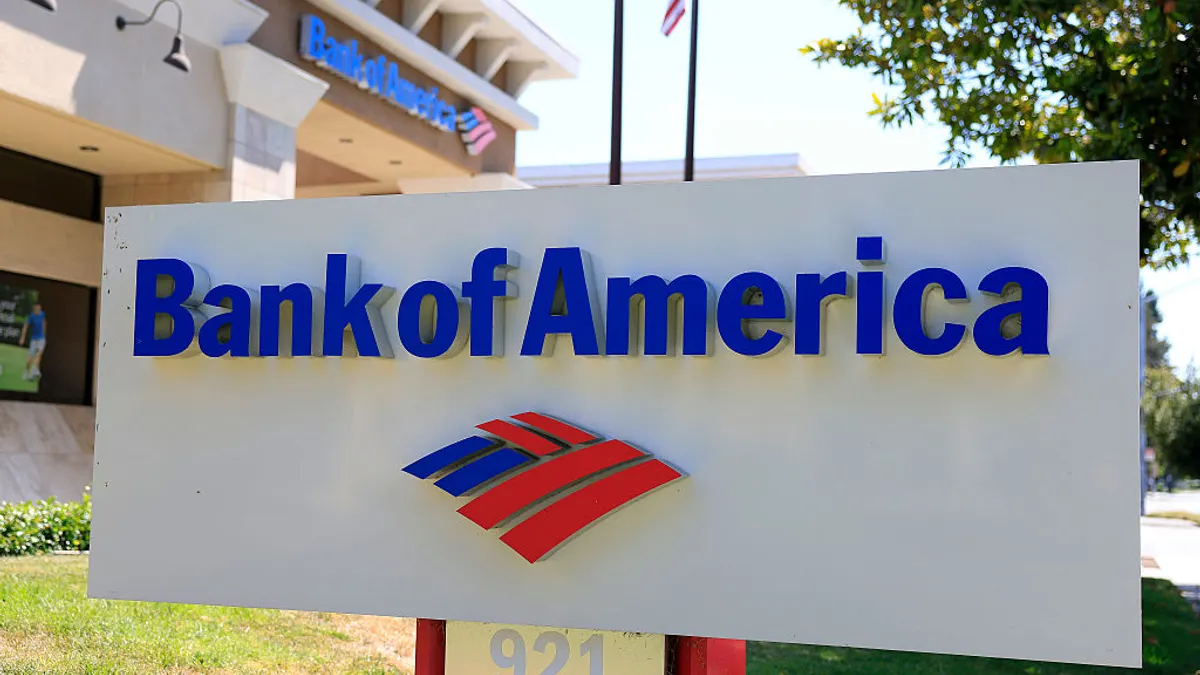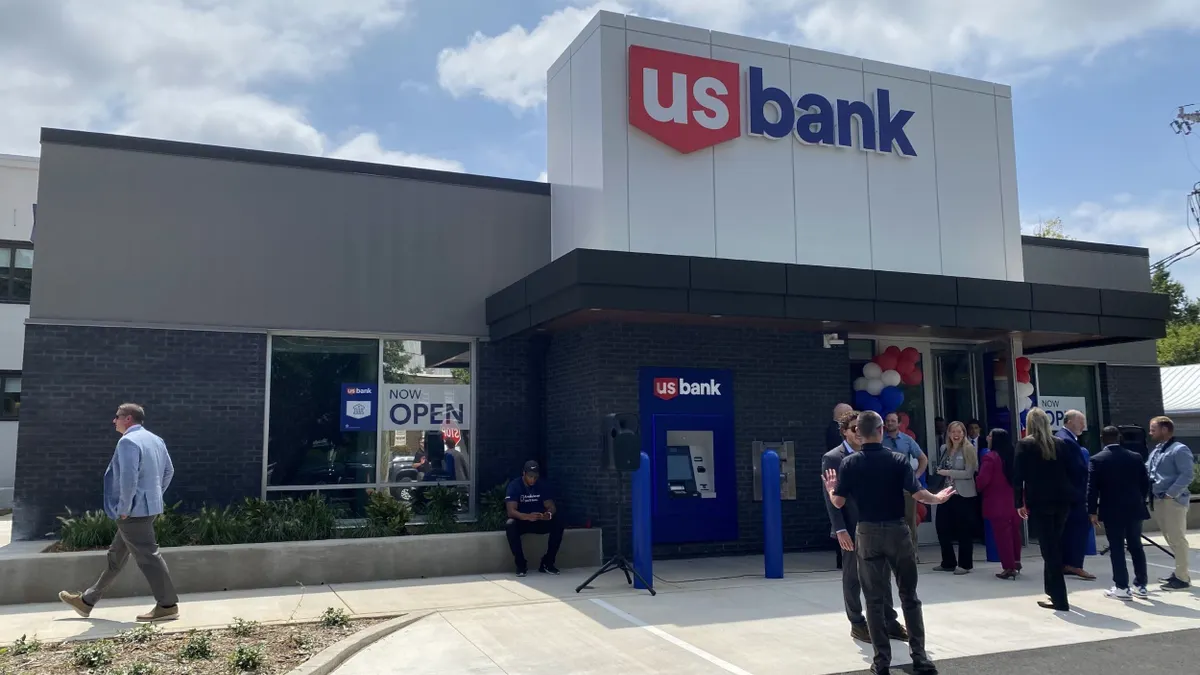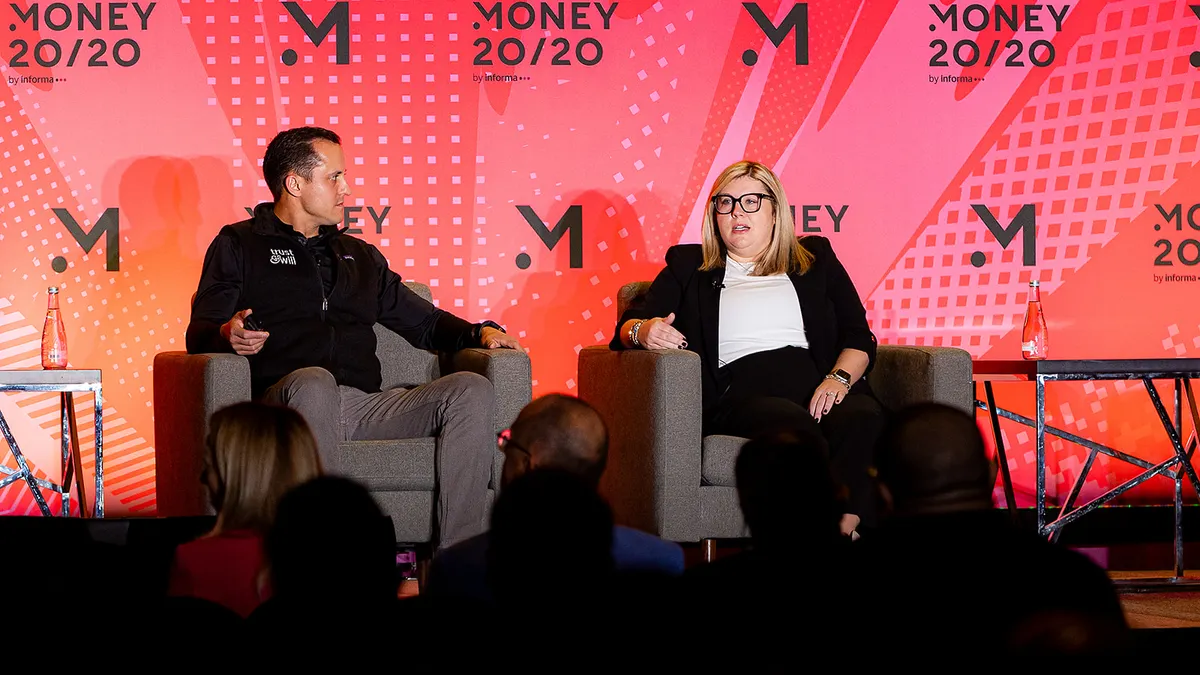With its industrial loan company charter, Thrivent Bank aims to attract millennial and Gen Z customers who seek financial advice and are dissatisfied with their current lender, said CEO Brian Milton.
After receiving Federal Deposit Insurance Corp. and Utah Department of Financial Institutions approval in June 2024, Thrivent Federal Credit Union became Thrivent Bank on June 1.
The move to become a bank was aimed at broadening the financial institution’s reach nationally and attracting new clients. The charter, approved after a three-year wait, was the only ILC charter approval during the Biden administration. That makes Thrivent something of a “unicorn,” Milton said in an interview last month at the Money20/20 conference in Las Vegas.
While Thrivent Financial for Lutherans is a member-owned, fraternal benefit society operating as a not-for-profit financial services firm that receives tax exemption based on religious affiliation, the bank – based in Salt Lake City – is owned by Thrivent Holdings and is not limited to serving customers based on religion, the FDIC noted in its approval.
The digital, branchless bank seeks to carve out a niche by tapping into Thrivent’s customer support, guidance focus and access to planning and budgeting resources, Milton said.
Milton sees Thrivent’s combination of digital platform and personal touch through easily accessible staff as unique in a crowded banking field, since “everything that we see out there seems to be having to pick one of those two,” Milton said.
Thrivent this quarter plans to roll out the first part of a new digital banking interface, which will include savings and checking accounts. More releases next year will round out the bank’s digital experience, a Thrivent spokesperson said.
The company’s tech budget is “tiny” compared to big banks, Milton said, “so we're not going to do anything that's like, ‘Oh my God, I didn't know an app can do that.’”
The bank will turn to third-party vendors for certain technology needs, he added.
“We’re not going to be putting bots in front of clients,” he said.
That ubiquity in banking is widening the void Thrivent believes it can fill, he said.
“The human piece is extremely hard to replace,” he said.
As far as prospective customers, the $1 billion-asset bank is pursuing consumers “looking for that element of purpose behind the financial planning piece.”
Thrivent Financial typically sees customers join in their 40s, because much of what it offers “really starts to resonate with people when they're at a certain point in their financial journey, when you have assets to invest or protect, or a financial plan makes sense for you, or you feel like you're at the point where actually sitting down with an adviser is where you're at in life,” he said.
But people in their 20s and 30s might need advice, he noted. Thrivent’s testing and research suggests the bank can draw in those dissatisfied with their current bank and looking for a “forever home,” Milton said.
The bank is, to some extent, a tee-up to the rest of Thrivent, he said.
“It's also a way to say, ‘How can Thrivent deliver its brand of advice earlier, when someone might not yet be asking for it formally, but searching for it?’”
The bank inherited about 50,000 members from the credit union. “Hardly any of them have left,” Milton said. The credit union had about 56,000 members at the time the ILC application was filed in 2021, according to American Banker.
Milton declined to share any figures around customer growth goals, but noted the company is focused on client satisfaction, not just growth.
Thrivent’s motivation isn’t “some quarterly profit target;” it’s “long-range value creation,” Milton said. The financial services model “gets morphed” when “all of a sudden, profit needs to hit in a certain quarter, out of a certain segment,” he said.
“I've been part of these organizations that say, ‘We're client-centric,’ and then we go do something very non-client-centric,” he said.
Prior to joining Thrivent, Milton spent seven years at Union Bank (now owned by U.S. Bank), according to his LinkedIn profile.
“When you look at what many banks do – pushing clients to [interactive voice response] or bots or closing branches or pushing products or fees, and the long disclosures – none of that stuff is what clients are asking for, and certainly not what helps them,” he said. “There's a clear motive behind all of those things, and when the motive is different, I think you can just approach it totally differently.”
Thrivent Financial reported $598 million in profit in 2024. As of the end of 2024, the company served about 2.4 million clients across the country and had more than $193 billion in assets under management or advisement.
The credit union was also profitable, and the bank intends to return to profitability by the end of its three-year de novo period, after investing in product and experience enhancements and marketing to pursue growth, the spokesperson said.
“We will be profitable,” Milton said, but “we're not going to be maximally profitable at the shortest interval possible.”
The ILC charter has faced lawmaker and industry pushback. Bank trade groups have said it offers companies the privileges of a bank charter without holding them to the same supervisory standards. And Sen. Elizabeth Warren, D-MA, has said the charter “undermines the separation of banking and commerce.”
Milton said Thrivent isn’t a commercial enterprise like an ILC charter-seeking GM or Nissan, and he thinks he and Warren would find common ground in their motives, based on a shared agenda to do right by customers.
“The idea is to take something that's, I'd say, quite tried and true, which is what Thrivent has done well for over 100 years … and start that guidance conversation earlier,” he said.



